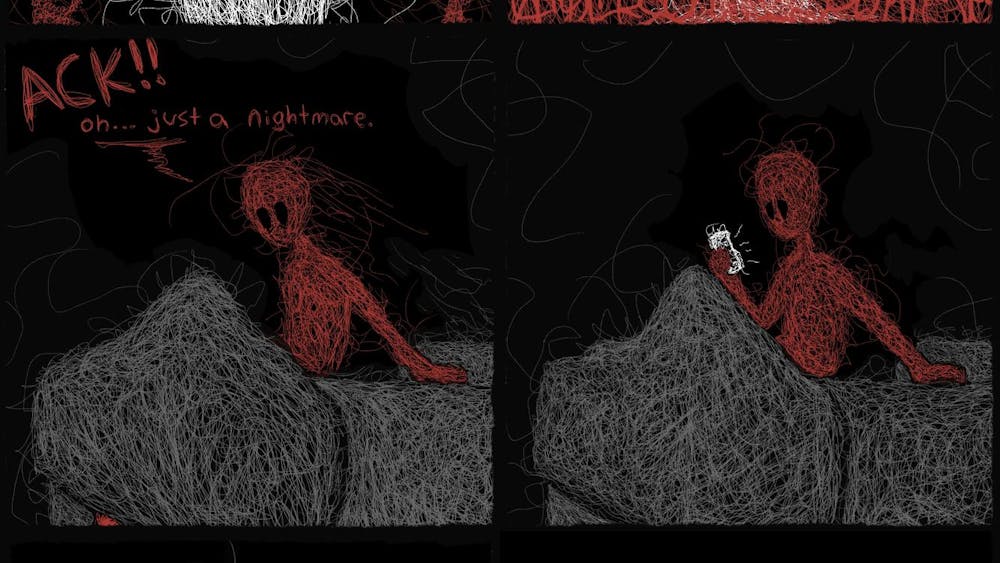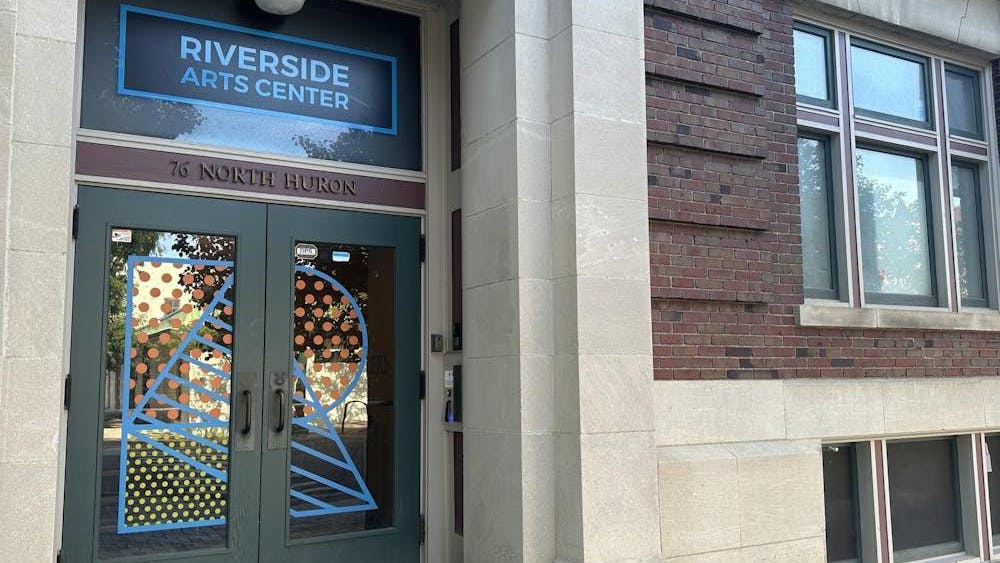It was the fourth Thursday in November of the year 1621 the Pilgrims came to the great US of A and landed the Mayflower at Plymouth Rock.
The Indians greeted them with open arms, speaking English, and the two peoples shared a large meal of festive fall foods like turkey, yams, mashed potatoes and canned cranberry sauce. The men later went over to the chief’s teepee to watch
football and fall asleep from their tryptophan OD while the female Pilgrims and Indian wives packaged up leftovers to divide amongst themselves.
That’s a pretty accurate depiction of the first Thanksgiving, right? It’s the story we’ve all heard time and time again, while coloring pictures of cornucopias in elementary school and cutting up paper Kroger bags to make Indian vests and headdresses.
Which story is true? Is either of them true? Maybe a little bit of both? Well, we’re about to get to the bottom of this.
The true story of Thanksgiving is up for debate. Seeing as how there were no cameras or cell phones or computers to capture the moments, the stories all come from written accounts, and there aren’t many original ones.
Nobody really seemed to think, “Hey, this dinner might spark a national holiday for centuries to come, I should probably write this down.” This is probably why so many stories have surfaced, with some facts matching and others completely clashing. It’s a mixture of myth and fact.
We do know for sure though, the first Thanksgiving did happen in 1621. It wasn’t until 1854, however, that people who weren’t there even knew it happened.
It was then the writings of William Bradford, a man who was present at the first Thanksgiving meal, were found, telling of the meals that the Pilgrims had with the Wampanoag Indians. Giving thanks was an everyday concept for the Wampanoag (we should take a lesson from them), so neither they nor the Pilgrims had any idea that this concept would inspire a holiday.
Fowl was served at the historic meal, but isn’t known whether turkey was on the menu or not. Duck and geese were native to the Massachusetts area so it’s more likely those were served than turkey. Neither potatoes nor yams were available to the Pilgrims, and neither was pumpkin pie. They may have eaten pumpkins, but few baking ingredients hadn’t been discovered yet, and there weren’t even ovens with which people could bake!
The first Thanksgiving lasted three days, full of food and games, and happened sometime in the fall. The third Thursday of November thing didn’t happen until 1863, when Abraham Lincoln declared it a national holiday.
Ironically, the original way of celebrating Thanksgiving, once it became recognized, was fasting and praying. Praying is still a big part of the celebration, but fasting? Come on.
Brace yourselves for this fact. The Pilgrims did not first set foot on Plymouth Rock. Yes, they did land at Plymouth, Massachusetts, but the monument of Plymouth Rock was not moved there until 1774. Many, many years later.
As for the rumor of the Pilgrims murdering the Indians, that did not happen during the first Thanksgiving. It did happen, years later, when the Puritans decided the Indians were savages for not having the same religious beliefs as them. But that conflict didn’t necessarily happen between the Pilgrims and Wampanoag Indians.
Sure, the classic story of Thanksgiving is romanticized. But it means well. Let’s just continue telling the Thanksgiving tale of cultural tolerance and giving thanks for what we have. Whether the story is true or not, where can we go wrong with that?









